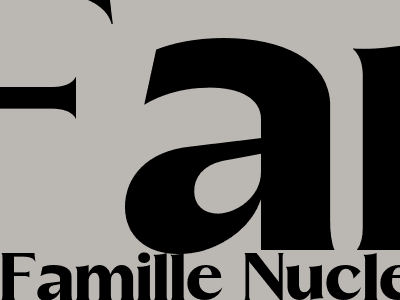Famille Nucleaire: The Traditional Nuclear Family and its Evolution
A Deep Dive Into The Traditional Family Structure
The traditional nuclear family has undergone a significant transformation in recent decades. This blog post will explore the evolution of the nuclear family, examining the factors that have contributed to its decline and the emergence of new family structures.
Historically, the nuclear family was a central institution. It constituted a married couple and their biological children. This structure provided stability, security, and emotional support. However, social and economic changes, such as increased female labor force participation, urbanization, and individualism, have eroded the traditional nuclear family model.
The Changing Roles of Family Members
The Role of Women
The role of women in the family has undergone a profound change. Traditionally, women were responsible for domestic duties and childrearing. However, with the rise of feminism and educational opportunities for women, they have increasingly entered the workforce. This has led to a dual-income family model, where both parents share financial and childcare responsibilities.
The Role of Men
The role of men has also evolved. Traditionally, men were the primary breadwinners and decision-makers in the family. However, with the increased economic independence of women, they have taken on a more active role in parenting and household tasks.
Alternative Family Structures
The decline of the traditional nuclear family has paved the way for the rise of various alternative family structures, including single-parent households, blended families, and cohabiting couples. These structures reflect the changing social and economic realities of contemporary society.
Single-Parent Households
Single-parent households are families where one parent raises their children on their own. This often occurs due to divorce, separation, or the death of one parent. Single parents face unique challenges, including financial difficulties and the need to balance work and childcare.
Blended Families
Blended families are families that arise from the union of two people who have children from previous relationships. Blended families can present complex challenges, such as the need to build new relationships, establish parental roles, and blend different parenting styles.
Cohabiting Couples
Cohabiting couples are unmarried couples who live together in a romantic relationship. Cohabitation has become increasingly common in recent years, as people delay marriage or choose to live together without formalizing their relationship.
Conclusion
The traditional nuclear family has undergone significant changes in recent decades. Social, economic, and cultural factors have contributed to the decline of this structure and the emergence of diverse family forms. These changes reflect the evolving nature of our society and raise important questions about the future of the family as an institution.

Comments